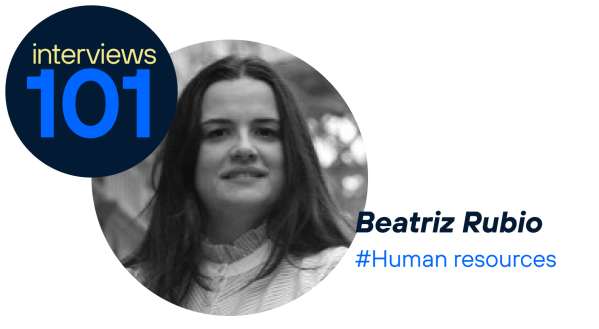Employees are the soul of a company and contribute to its success. Knowing the types of talent that make up the company will help to train the workforce and, therefore, to achieve business objectives. It is important to know how to identify them to build teams that complement each other, among other reasons.
What is talent?
The term talent has become very popular in business. Because, for some companies, managing it through the human resources department has become a priority to drive success. Even more so when the talent mismatch is at an all-time high and more important than ever is given to the search for talent to attract and retain it. Its definition is very broad. Strictly speaking, it is seen as a quality innate to a person. But it also encompasses skills developed through practice. It encompasses aptitude and attitude.
When it comes to recruiting talent, technical competencies have traditionally been given more importance (in the human resources world they are known as “hard skills“). However, in recent years this has changed and now soft skills are more valued. Both bring talent to the company.
Hard skills refer to the knowledge that is required for a specific job. Soft skills are the interpersonal, social, communication and other characteristics of the person. For example, for a job as a web developer you need hard skills in programming languages, among others, and soft skills in teamwork, communication and problem-solving. It is said that the hard skills help you get a job and the soft skills help you excel in the job.
Types of talent
The classification of types of talent can also be very varied depending on the criteria to which it responds. If we stick to the genetic concept, we have natural talent: creative or artistic, intellectual, physical and social. If we refer to the ability to carry out a specific activity, the list can be as long as you like: leadership, sales, data analysis, communication, creativity, time management, languages, empathy, proactivity…
Multidimensional talent refers to a person who has several skills in which he or she is an expert. Unidimensional talent, on the other hand, refers to someone highly skilled in a particular function or field.
From a business perspective, the types of talent can be classified as follows:
- Natural: this is an ability that an individual is born with. That is, it has not been acquired through study or experience. And they are usually above-average abilities.
- Evident: refers to skills that employees already have. The company already knows what skills characterize that person, as it is aware of them in the candidate selection process.
- Potential: this refers to the talent that a person can develop if he or she is prepared for it. It is the responsibility of the human resources department to detect which employees could perform these new functions once they have been trained.
- Hidden: these are the skills that have not yet been discovered, those that employees have not demonstrated at any time. This is the most difficult talent to identify.
How to identify the different types of talent
To identify the different types of talent in a company, human resources departments use what is known as talent mapping. This process consists, roughly speaking, of collecting data on the skills and experience of employees, which is then reflected visually on a map. This tool facilitates the recruitment of new talent and, at the same time, the assessment of existing talent. The metrics help to forecast hiring needs, fill talent gaps and undertake training programs to develop employee skills.
The first step with this tool is to define or determine the company’s objectives. Based on these objectives, the types of talent required by the company at present will be known, although the skills that will be needed for the future must also be sought.
A talent map helps to identify the potential of employees and to develop existing skills and other skills that are lacking. These are some of the guidelines experts give for identifying talent and managing it effectively:
- To detect visible talent before hiring, carry out various assessment tests (job simulations, cognitive ability, individual and group interviews, etc.).
- It carries out performance and works climate assessments to detect potential talent. These instruments make it possible to find out about skills, weaknesses, performance and also whether there is demotivation or dissatisfaction, among other analyses.
- To discover a hidden talent, organise new activities, tasks or functions, as well as training courses and gamification tools.
- Focus on soft skills. Because they foster good interpersonal interactions and drive outstanding results. As artificial intelligence advances, they become even more important. Teamwork, communication, leadership, active listening, emotional intelligence, problem-solving and adaptability are some of the most valued.
Talent maps are periodically reviewed, changed or updated to achieve a successful strategy. This method guides companies in managing the various types of talent in the workforce to boost competitiveness.







